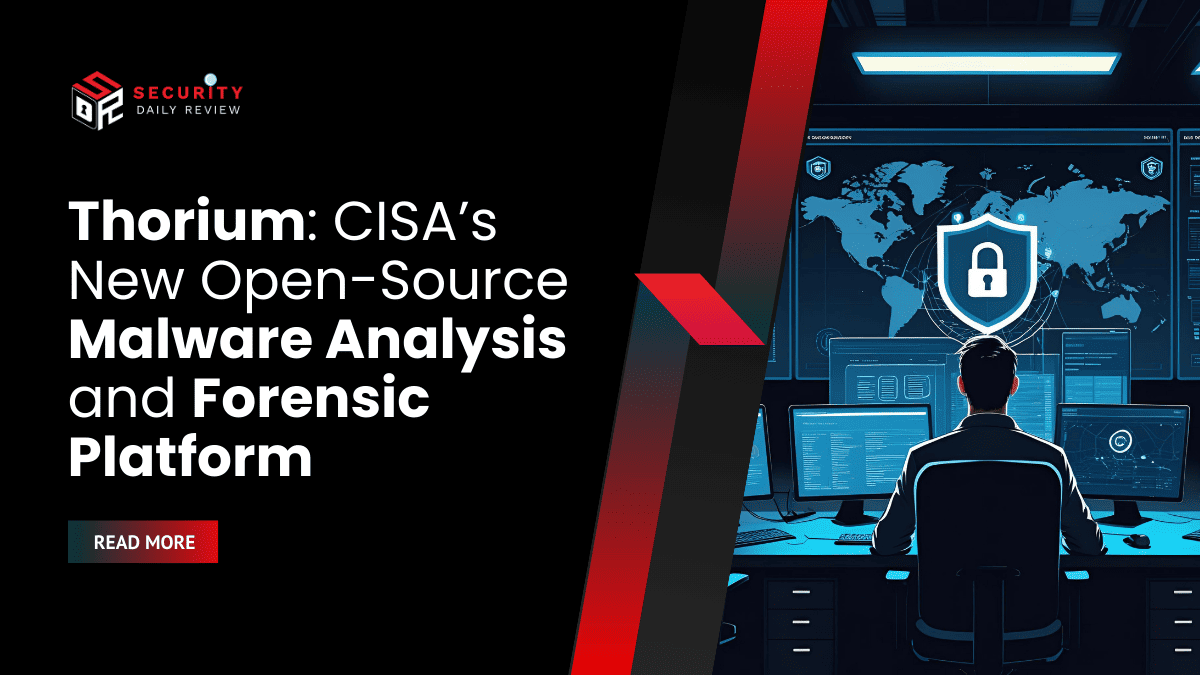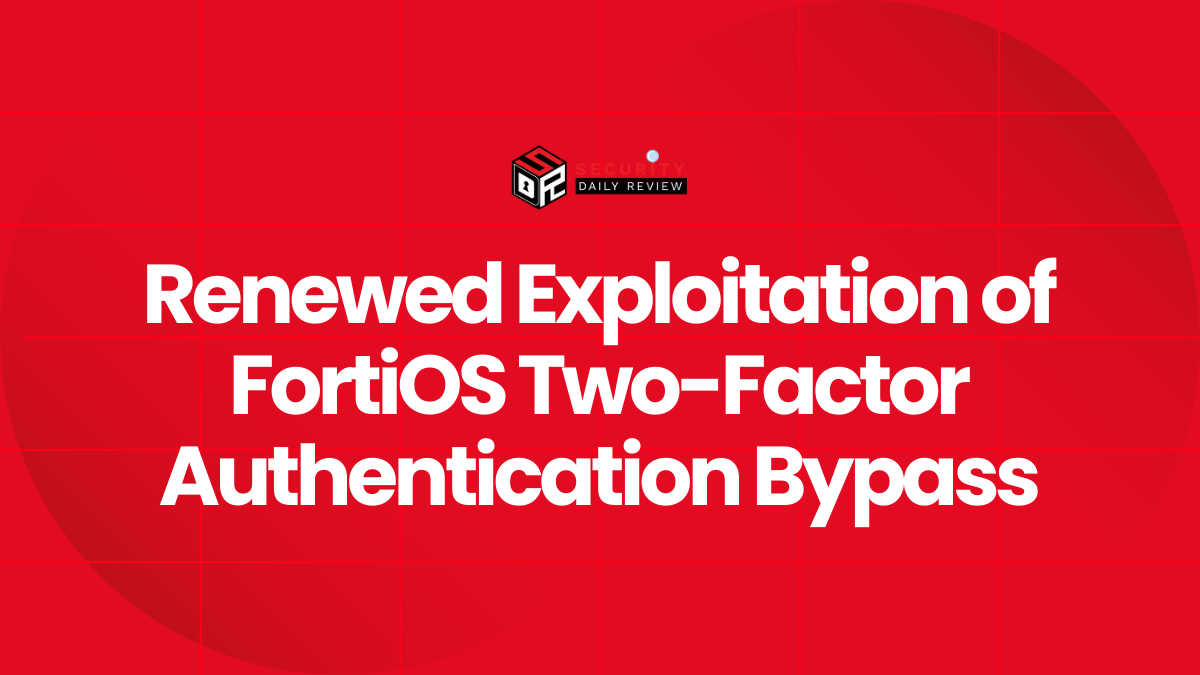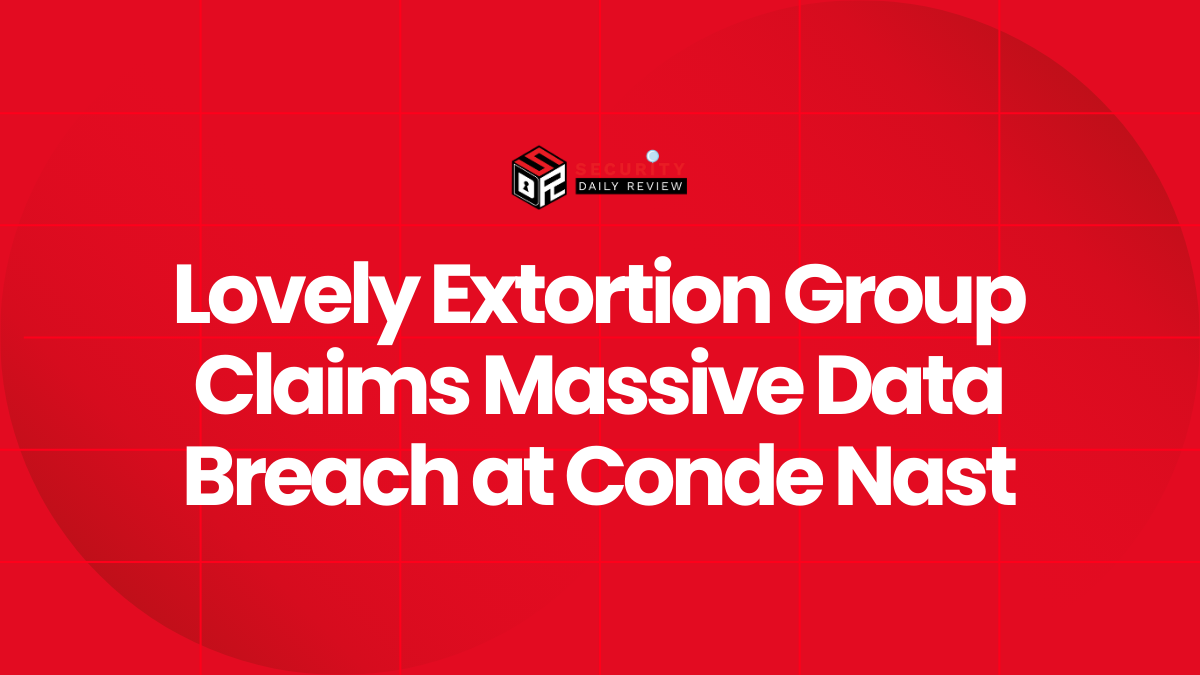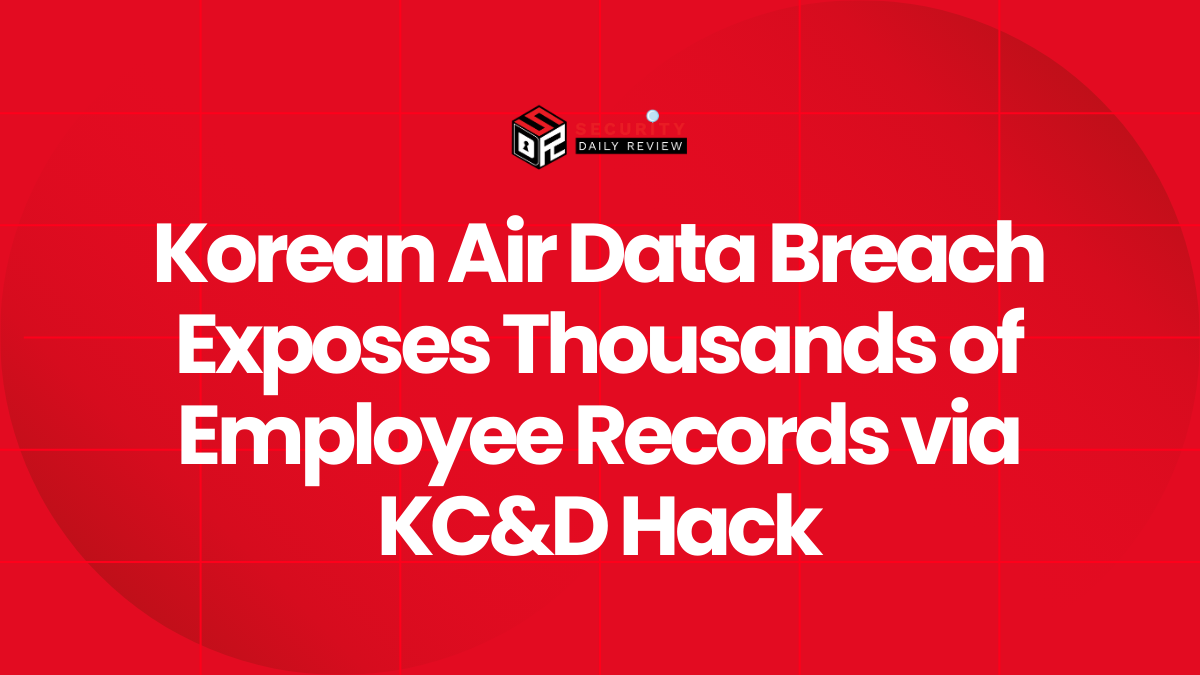The Cybersecurity and Infrastructure Security Agency (CISA) has publicly released Thorium , a powerful open-source cybersecurity tool designed to revolutionize how teams handle malware analysis and digital forensic investigations. Developed in partnership with Sandia National Laboratories, Thorium combines automation, scale, and integration to support critical cyber defense operations. This strategic move provides both public and private sector cybersecurity professionals access to a high-performance platform that previously would have required substantial in-house development or commercial investment.
Thorium Creates a Unified Platform for Malware and Forensics Workflows
Thorium is not just another file analysis tool. It is a scalable, distributed platform specifically engineered to ingest, analyze, and aggregate massive volumes of files for malware inspection and forensic correlation. Built from the ground up with automation and customization in mind, the platform helps cybersecurity teams keep pace with an ever-growing number of threats without sacrificing agility or precision.
Designed to Automate and Scale Complex Analysis Environments
Thorium stands out due to its extraordinary processing capabilities and flexible architecture. Cybersecurity teams that routinely handle large volumes of suspicious files or artifacts now have access to a tool capable of analyzing over 10 million files per hour per permission group , with an ability to schedule more than 1,700 jobs per second . This level of performance allows SOCs (Security Operation Centers) and incident response teams to move from manual triage to a streamlined, high-throughput model.
Key technical features include:
- Integration of Tools as Docker Images : Analysts can plug in their preferred command-line utilities—whether commercial, custom-built, or open-source—using Docker containers. This creates a modular analysis fabric that can be tailored to evolving needs.
- Scalable Backend Infrastructure : Thorium leverages Kubernetes and ScyllaDB , a high-throughput NoSQL database, to scale dynamically with demand across hardware or cloud-based environments.
- Tag and Full-Text Search : Fast, searchable results are made possible by advanced indexing mechanisms, enabling teams to quickly correlate threat indicators and behaviors across large data sets.
- Access Control : Access to data and functionality is tightly managed using group-based permissions, supporting multi-tenant or role-based use across large organizations.
Support for Multiple Mission Areas, Not Just Malware Analysis
While Thorium’s core function is malware analysis, it is also versatile enough to support software reverse engineering, incident response, and digital forensics. Analysts can define their own workflows by chaining together tools and triggers, tailoring the platform to specific threat scenarios or post-incident investigative needs.
In addition to analytical flexibility, Thorium includes a robust RESTful API , making it possible for organizations to integrate it into broader security operations platforms or CI/CD pipelines. Outputs from various tools can be unified into a single record and passed downstream to other systems—whether for further enrichment, documentation, or alert generation.
Thorium’s Open-Source Model Opens the Door to Collaboration and Enhancement
Releasing Thorium under an open-source model represents a significant shift in how federal cybersecurity capabilities can be leveraged by the broader community. According to DHS and CISA, the goal is to strengthen both public and private-sector resilience through accessible, transparent innovation.
“Thorium creates a customizable, automated workflow that allows cybersecurity teams to efficiently combat and analyze malware using the tools that are right for them,” said DHS Assistant Secretary Tricia McLaughlin.
CISA is actively encouraging feedback and contributions from cybersecurity teams to help improve Thorium’s capabilities. By enabling analysts nationwide to test and tune Thorium in real-world conditions, CISA aims to accelerate the development of high-confidence, high-fidelity threat analysis methodologies that benefit the national cybersecurity posture as a whole.
Actionable Benefits and Strategic Takeaways for Security Teams
Thorium’s release is more than a new tool—it is a shift in how analysis and forensics can be organized and deployed at scale. Cybersecurity practitioners evaluating new solutions for malware triage and forensic deep dives should consider Thorium’s offering in several operational contexts:
- Automation of Routine Analysis : Set up workflows that automatically ingest files, trigger sandboxing or static analysis, and flag suspicious results for human review.
- Enhanced Threat Correlation : Use Thorium’s tag-based and full-text search features to identify recurring IOCs (Indicators of Compromise) or malware families across incidents.
- Cross-Functional Integration : Leverage Docker-based plugins and the REST API to connect Thorium with detection engines, observation tools, or ticketing systems.
- Scalability for Large Enterprises : Multi-tenant capability, group-based permissions, and scalable architecture make Thorium suitable for organizations with diverse mission sets.
The Road Ahead for the Thorium Platform
Thorium’s debut marks a notable milestone in open-source cybersecurity tooling, especially at a time when analysts are increasingly overwhelmed by alert volume and complexity. By fusing automation, scalability, and flexibility into one platform, CISA is positioning Thorium as a central pillar for modern malware analysis and forensic investigations.
As adoption spreads and feedback loops are established, future enhancements may bring even more integrations, advanced analytics, and threat intelligence fusion to the platform. For now, Thorium represents a strategic opportunity for organizations to modernize their investigative capabilities with a powerful, free, and community-driven solution.









